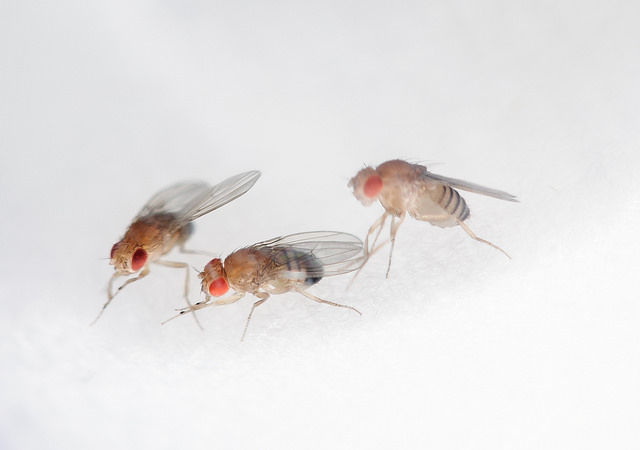Scientists may have found molecular gatekeeper of long-term memory
Ars Technica » Scientific Method 2016-03-01

(credit: NASA)
For a long-term memory to form in our noggins, a complex chain of cellular events needs to kick into action. It starts with chemical cues set off by a behavior or experience that make their way to specific nerve cells in the brain. Upon arrival to those cells, the chemical signals are ferried from the outer waiting area of the cell to the nucleus—a cell’s command center where the genetic blueprints are kept. In the nucleus, the molecular messenger can persuade the cell to switch on or off genes—which can strengthen nerve connections and, ultimately, lock down a memory for long-term recall.
While those general steps are clear, the details are still a bit fuzzy. For instance, researchers don’t know how exactly the molecular signals get shuttled to the command center, which generally have tight security. But a new study may finally have that answer.
In the tiny minds of fruit flies, a protein called importin-7 acts to shuttle the memory-triggering signal into the nucleus with its top-level clearance to the restricted area, researchers report in the Proceedings of the National Academy of Sciences. Because this step of long-term memory formation seems the same in everything from flies to humans, and humans have their own version of importin-7, the finding could help fill in the details of how our minds form memories, the authors suggest.